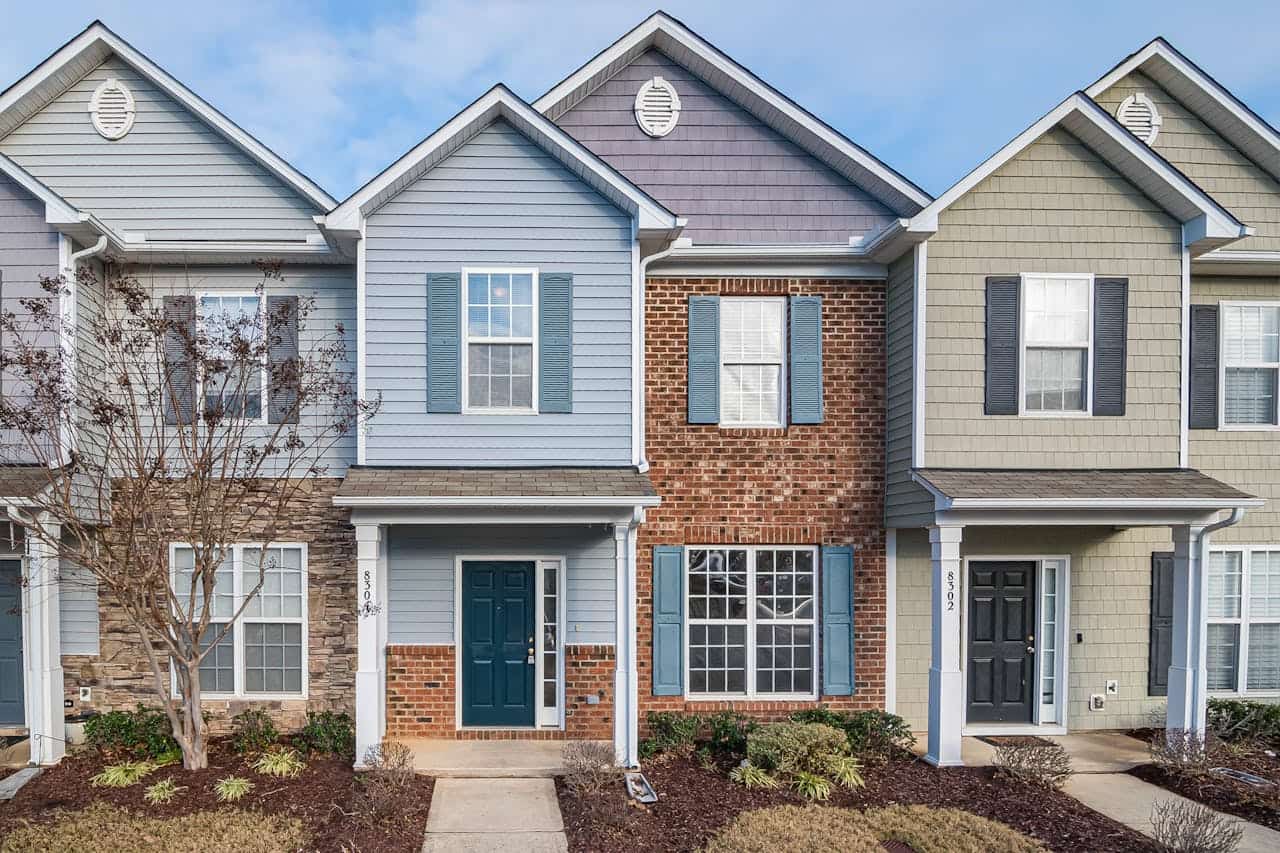As the costs of home ownership consume an ever-larger share of American incomes, one fintech startup is pioneering a bold solution: a groundbreaking credit card that finally makes homeowners...
Beyond Assisted Living: How Life Care Communities Are Meeting Today's Senior Housing Challenges




As America’s population ages, senior living communities are evolving to meet the changing needs and expectations of multiple generations. Rachel Hite, a sales counselor at Westminster-Canterbury Shenandoah Valley, offers insights into how the industry is transforming to serve both current and future retirees.
Westminster-Canterbury represents a comprehensive model of senior living that goes beyond traditional assisted living or skilled nursing facilities. The community offers what’s known as a life care contract, combining independent living options with guaranteed access to higher levels of care as residents age.
“We’re not just offering housing – we’re providing a complete continuum of care,” explains Hite. “Residents can start in independent living, whether that’s a luxury apartment or a cottage, and then transition to assisted living, skilled nursing, or memory care as needed.”
The senior living industry is experiencing an unprecedented situation: two generations simultaneously seeking care services. “This is the first time in history where we have both the Silent Generation and Baby Boomers competing for care,” Hite notes. “We might consult with a client in their 90s and another in their 60s on the same day.”
This demographic shift coincides with another significant trend: the increasing number of childless seniors. As more Americans choose to remain child-free or are single, communities like Westminster-Canterbury offer a solution to the traditional expectation that family members will provide care.
Baby Boomers are revolutionizing expectations for senior living communities. Hite refers to them as the “Burger King generation” – they want it their way, right away. This generation, influenced by decades of HGTV, demands high-end finishes, open floor plans, and smart home technology integration. They expect custom design options with interior designer input, active lifestyle amenities, fine dining options, and robust social calendars featuring wine tastings, art classes, and cultural activities.
While these communities offer comprehensive solutions, they represent a significant investment. Most residents fund their entrance through home equity, while monthly fees are typically covered by pensions, annuities, and other retirement income. Long-term care insurance, once seen as a solution for senior care costs, has become increasingly problematic.
“The cost of healthcare continues to rise, and people are living longer than these plans were designed for,” Hite explains. “Many insurance providers are struggling to maintain their long-term care policies, leading to premium increases or buyout offers.”
The post-pandemic landscape has introduced additional challenges, including caregiver shortages and increased competition for available spaces. Hite emphasizes the importance of early planning: “If you don’t plan ahead and get on waiting lists, you might find yourself in an urgent situation where you have to go wherever there’s a vacancy, regardless of your preferences or financial resources.”
For seniors currently considering their future options, Hite offers timely advice: “With home values at historic highs in many markets, this is an optimal time for seniors to leverage their equity to secure their future care needs. Looking into these programs now can help lock in predictable care costs and ensure guaranteed access to services when needed.”
Similar Articles
Explore similar articles from Our Team of Experts.


“For the first time living in San Diego, we didn’t have to live in a place where we didn’t want to be. We now get to live somewhere that we actually want to call home,” C...


In today’s dynamic property management landscape, success hinges on balancing rapid growth with a dedication to quality service. CALCAP Properties stands out as a rising star in this secto...


When Julie Schechter graduated from Brooklyn Law School during the recession 15 years ago, she jokes she “begrudgingly” took a job at her father’s small firm representing c...


With a portfolio spanning Manhattan’s most dynamic submarkets and a philanthropic footprint of over 3 million square feet, GFP Real Estate Chairman Jeffrey Gural has distinguished hims...




